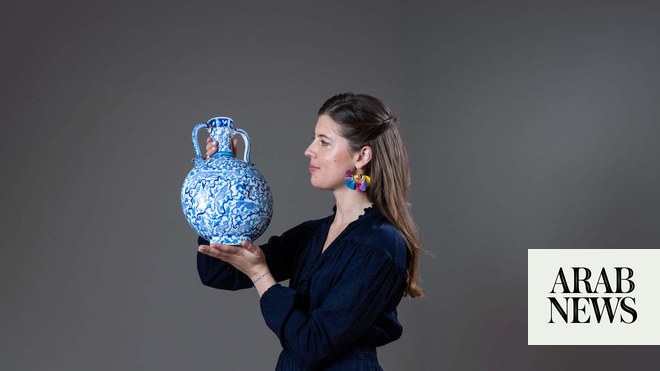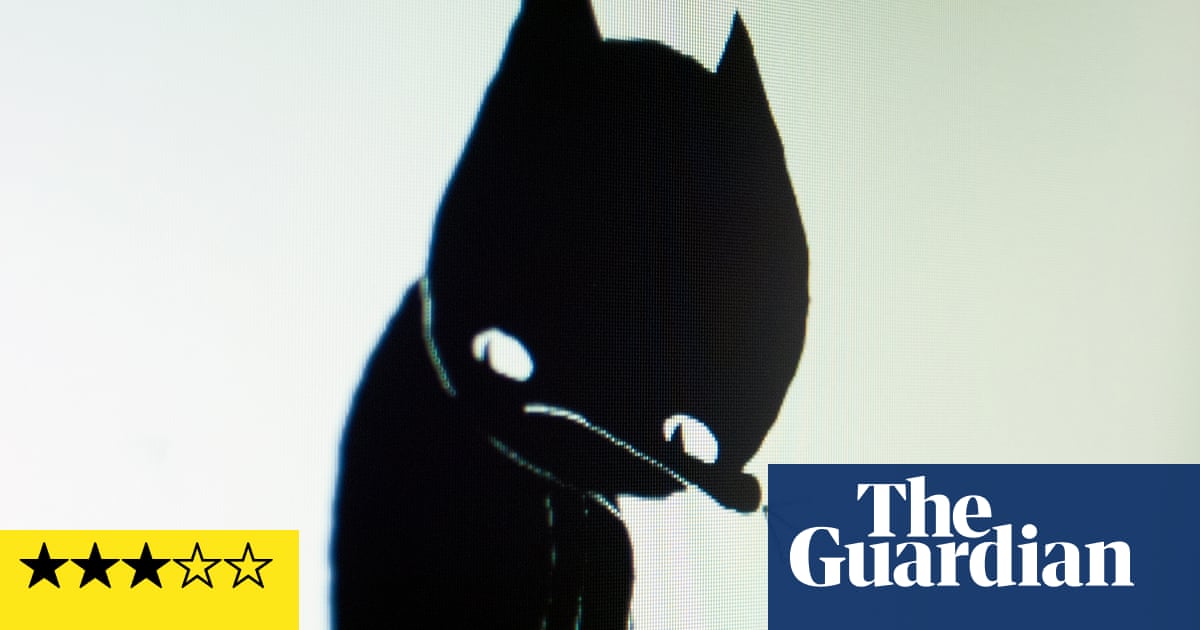
The Saudi Art Council has announced this year’s 21,39 Jeddah Arts, a program of special exhibitions, workshops, and educational forums that are being held across Jeddah through June featuring the work of 27 artists from the Kingdom and other countries.
The exhibition will then be hosted by Ithra, in Dhahran, from June 30 until the end of September.
This year’s program was curated by Venetia Porter under the title “Amakin.”
It was inspired by a lyric from the popular Saudi singer Mohamed Abdo: “Al-amakin kullaha mushtaqah lak” or “all the places long for you.”
Porter asked contributing artists to take visitors into their “makan, a place you love … somewhere real or in your imagination.”
The art historian and curator said that “it all fell into place” the minutes she heard the song.
“Evolving during the global COVID pandemic, when home, dreams, and imagination became a lifeline out of isolation, the resulting works by 27 artists, both special commissions and loans, are especially poignant.
“Expressed through different mediums including neon, painting, artists’ books, sculpture, photography, poetry and film, the narrative explores each artist’s relationship to their own makan.”
The exhibition began on March 3 in Jeddah with work from two pioneers of Saudi art, Safeya Binzagr and the late Abdulhalim Radwi.
Now 82, Jeddah native Binzagr is the only artist in the country to have opened her own museum, while Radwi is well-known for his striking and memorable sculptures on the Jeddah Corniche.
In other works connected to Jeddah, there is a fantastical film set in the city by Mohammed Hammad, and photographs evoking the historic Al-Balad district by Emy Kat and Reem Al-Faisal.
Bashaer Hawsawi highlights the heterogeneous nature of the city through many textiles from all over the world that can be found in Al-Balad.
From Jeddah, Bader Awwad AlBalawi takes us to North Khobar, documenting the changing nature of the city. Talib Almarri invites us to his makan at the dreamy lake of Al-Asfar.
HIGHLIGHTS
This year’s theme ‘Amakin’ was inspired by a lyric from the popular Saudi singer Mohamed Abdo: ‘Al-amakin kullaha mushtaqah lak’ or ‘all the places long for you.’
Venetia Porter asked contributing artists to take visitors into their ‘makan, a place you love … somewhere real or in your imagination.’
Ali Cherri introduces us to Sultan Zeib Khan who guards an ancient necropolis in the Sharjah desert, and Gaza-born Taysir Batniji’s poignant photographs tell a personal story of the idea of home.
Ancient Arabia is highlighted through the Mu’allaqat — the famous poems reputed to have hung on the walls of the Kaaba at Makkah, and which were the inspiration for the first 21,39 Jeddah Arts, in a painting by Dia al-Azzawi. Catalina Swinburn has unpicked and re-woven archaeological textbooks, while Shadia Alem’s drawings of the fabled Jinniyat of Lar are inspired by a story by her sister, the writer Raja Alem.
In choosing and commissioning the works for the exhibition, Porter was strongly drawn to artists who worked with paper.
“I am fascinated by the process of drawing and printing, the beauty of handmade paper, the phenomenon of the artist’s book and how artists work with poetry to express the idea of makan.”
The exhibition began on March 3 in Jeddah and will continue until June. It will then be hosted by Ithra, in Dhahran, from June 30 until the end of September.
Imran Qureshi uses the traditional techniques of the Mughal painters to tell contemporary stories. Sara Abdu paints with henna and Badr Ali explores printmaking.
Obadah Aljefri is inspired by his childhood notebooks. Asma Bahmim evokes the placing of texts in her aunt’s house in Al-Balad. Manal AlDowayan turns a medieval text on healing into ceramic scrolls.
Poetry also plays a central role in this year’s work. Hussein AlMohsen is inspired by the poems of Ghassan Alkhunaizi, while the sculptural forms of the books of Al-Azzawi, Ghassan Ghaib and Nazar Yahya filled with poetry are a reminder of the destruction heaped upon Baghdad, the city which also haunts Sadik Alfraji which he brings to mind in the story of a single tree on a Baghdad street or in his animated film “Ali’s Boat.”
Lujain Faqerah makes books that represent “places of stillness, somewhere quiet,” and Muhannad Shono makes his book out of sand because “sand chooses which stories to tell and which secrets to hide.”
In the final work in the exhibition Aisha Khalid takes us to her makan, Makkah, the richly embroidered textiles recalling the Kiswa, the fabric that clothes the Kaaba.












